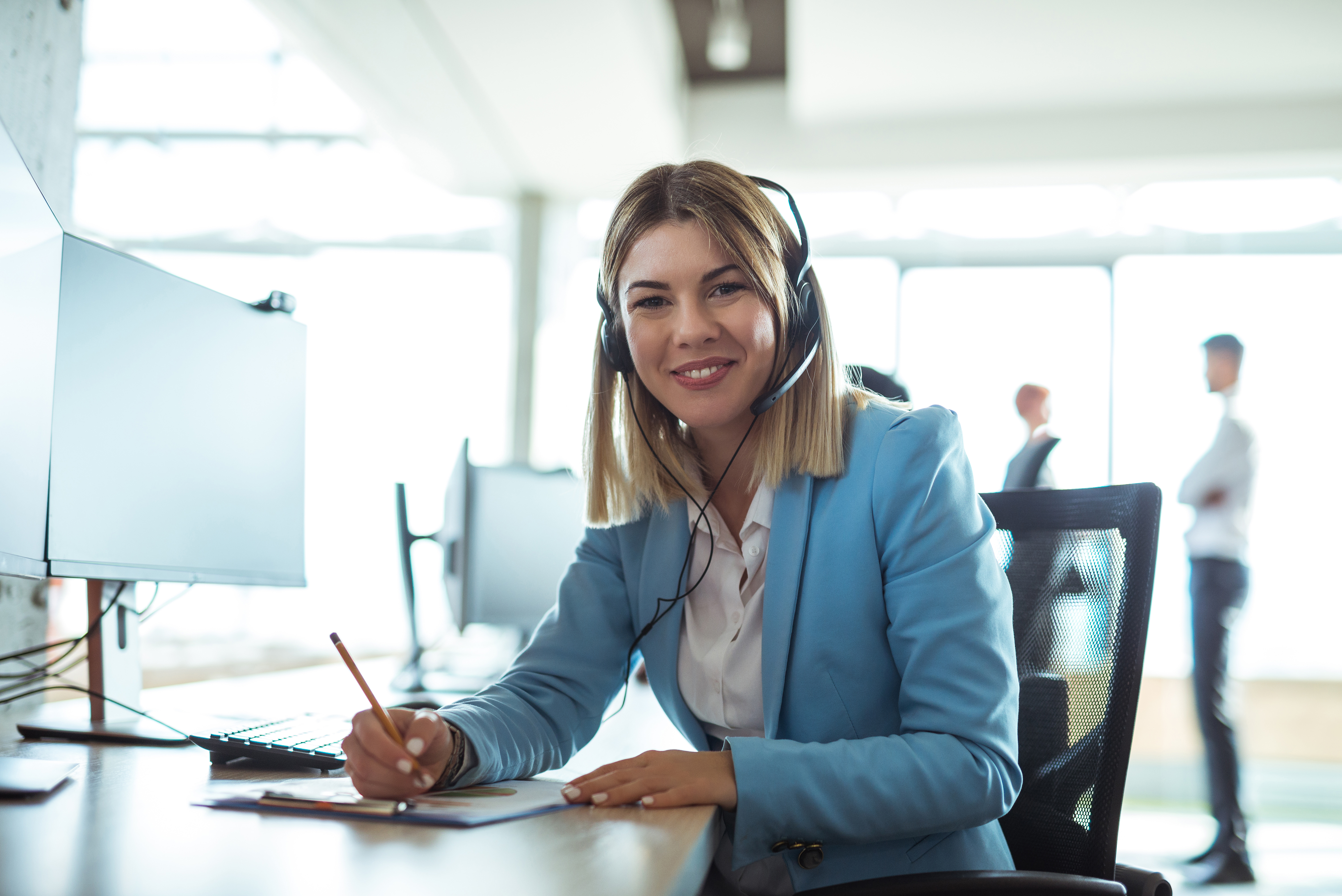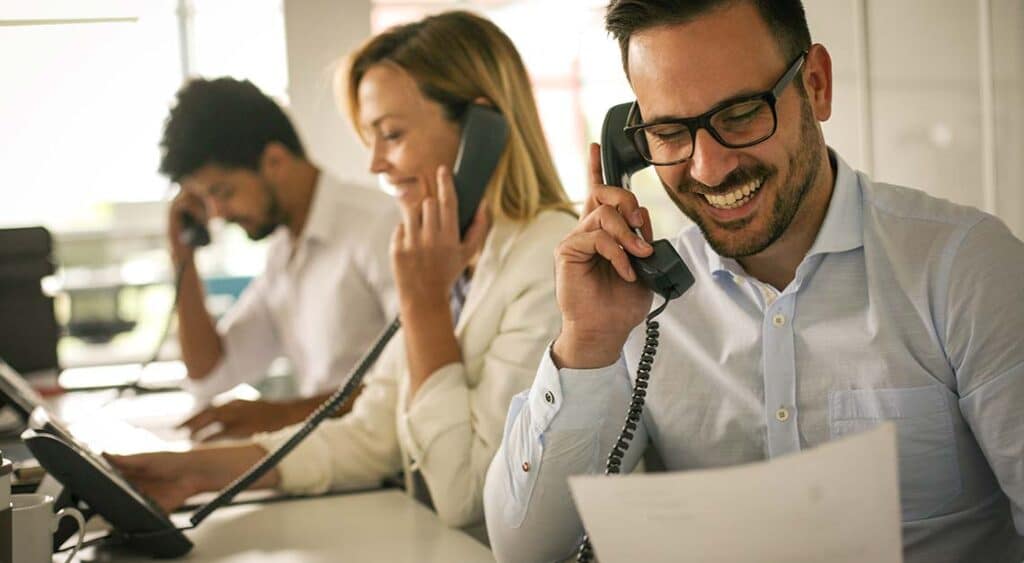All Categories
Featured
Table of Contents
- – How Much Should I Pay For 6 Statistics That Pro...
- – Best Call Answering Service For Small Business...
- – How Much Does How Does An Answering Service Wo...
- – What's The Best What Is An Answering Service?
- – What Is The Best Benefits Of Answering Servic...
- – Top A Guide To Using Automated Answering Sys...
How Much Should I Pay For 6 Statistics That Prove Your Business Needs A Phone ... - Blog?
This device and its followers were developed by Sava Jacobson, an electrical engineer with a private consulting business. While early voice mail utilized magnetic tape innovation, many modern-day equipment utilizes solid state memory storage; some devices use a combination of both, with a solid-state circuit for the outbound message and a cassette for the incoming messages.
"toll conserving" below) (business answering service). This is beneficial if the owner is screening calls and does not want to talk with all callers. In any case after going, the calling celebration ought to be notified about the call having been responded to (for the most part this starts the charging), either by some remark of the operator, or by some greeting message of the TAD, or addressed to non-human callers (e.
This holds particularly for the Little bits with digitally stored welcoming messages or for earlier devices (before the rise of microcassettes) with a special unlimited loop tape, separate from a second cassette, dedicated to recording. There have actually been answer-only devices without any recording capabilities, where the welcoming message had to inform callers of a state of existing unattainability, or e (telephone answering service).
Best Call Answering Service For Small Business In Brisbane Deals Near Me

about availability hours. In recording Little bits the greeting typically consists of an invitation to leave a message "after the beep". An answering maker that uses a microcassette to record messages On a dual-cassette answerphone, there is an outgoing cassette, which after the defined number of rings plays a pre-recorded message to the caller.

Single-cassette answering devices include the outgoing message at the start of the tape and incoming messages on the remaining area. They first play the announcement, then fast-forward to the next available area for recording, then record the caller's message. If there are numerous previous messages, fast-forwarding through them can cause a substantial delay.
This beep is frequently described in the greeting message, requesting that the caller leave a message "after the beep". TADs with digital storage for the taped messages do not reveal this hold-up, of course. A TAD might provide a push-button control center, where the answerphone owner can sound the house number and, by getting in a code on the remote telephone's keypad, can listen to taped messages, or erase them, even when away from home.
How Much Does How Does An Answering Service Work? Service Cost?

Therefore the machine increases the variety of rings after which it responds to the call (typically by two, resulting in 4 rings), if no unread messages are currently stored, however answers after the set variety of rings (typically 2) if there are unread messages. This enables the owner to find out whether there are messages waiting; if there are none, the owner can hang up the phone on the, e.
Some devices also permit themselves to be remotely triggered, if they have actually been turned off, by calling and letting the phone ring a certain a great deal of times (typically 10-15). Some company abandon calls already after a smaller sized variety of rings, making remote activation impossible. In the early days of TADs an unique transmitter for DTMF tones (dual-tone multi-frequency signalling) was regionally needed for remote control, since the previously utilized pulse dialling is not apt to convey proper signalling along an active connection, and the dual-tone multi-frequency signalling was executed stepwise.
Any incoming call is not identifiable with respect to these homes in advance of going "off hook" by the terminal devices. So after going off hook the calls should be changed to appropriate devices and just the voice-type is instantly available to a human, but possibly, nevertheless should be routed to a LITTLE (e.
What's The Best What Is An Answering Service?
What if I informed you that you do not have to actually pick up your device when responding to a client call? Somebody else will. So hassle-free, ideal? Answering phone calls does not require somebody to be on the other end of the line. Efficient automated phone systems can do the technique simply as effectively as a live representative and in some cases even better.
An automated answering service or interactive voice action system is a phone system that communicates with callers without a live individual on the line - reception services. When business use this technology, customers can get the answer to a question about your company just by using interactions set up on a pre-programmed call flow.
Although live operators update the customer service experience, many calls do not need human interaction. An easy recorded message or directions on how a client can obtain a piece of details usually fixes a caller's immediate need - call answering services. Automated answering services are an easy and efficient way to direct inbound calls to the best person.
What Is The Best Benefits Of Answering Service - Professional Services On The Market Right Now
Notification that when you call a company, either for assistance or item questions, the very first thing you will hear is a pre-recorded voice greeting and a series of options like press 1 for customer support, press 2 for queries, and so on. The pre-recorded options branch out to other options depending upon the client's choice.
The phone tree system assists direct callers to the right person or department utilizing the keypad on a mobile phone. In some circumstances, callers can utilize their voices. It deserves keeping in mind that auto-attendant alternatives aren't limited to the ten numbers on a phone's keypad. When the caller has actually chosen their very first choice, you can create a multi-level auto-attendant that utilizes sub-menus to direct the caller to the ideal sort of support.
The caller does not need to interact with a person if the auto-attendant phone system can handle their issue. The automated service can path callers to an employee if they reach a "dead end" and need help from a live representative. It is expensive to employ an operator or executive assistant.
Top A Guide To Using Automated Answering Systems
Automated answering services, on the other hand, are considerably more economical and offer significant expense savings at approximately $200-$420/month. Even if you don't have actually devoted personnel to manage call routing and management, an automatic answering service improves performance by allowing your group to concentrate on their strengths so they can more effectively invest their time on the phone.
A sales lead routed to customer service is a lost shot. If a consumer who has item questions reaches the wrong department or gets insufficient answers from well-meaning staff members who are less trained to handle a particular type of question, it can be a cause of frustration and discontentment. An automatic answering system can reduce the variety of misrouted calls, consequently assisting your employees make much better usage of their phone time while releasing up time in their calendar for other jobs.
With Automated Answering Systems, you can produce a personalized experience for both your staff and your callers. Make a recording of your main greeting, and just upgrade it regularly to reflect what is going on in your organization. You can produce as lots of departments or menu choices as you desire.
Table of Contents
- – How Much Should I Pay For 6 Statistics That Pro...
- – Best Call Answering Service For Small Business...
- – How Much Does How Does An Answering Service Wo...
- – What's The Best What Is An Answering Service?
- – What Is The Best Benefits Of Answering Servic...
- – Top A Guide To Using Automated Answering Sys...
Latest Posts
Renowned Receptionist Service Near Me
Efficient Call Management Service
Dependable After Hours Answering Near Me – Australia
More
Latest Posts
Renowned Receptionist Service Near Me
Efficient Call Management Service
Dependable After Hours Answering Near Me – Australia